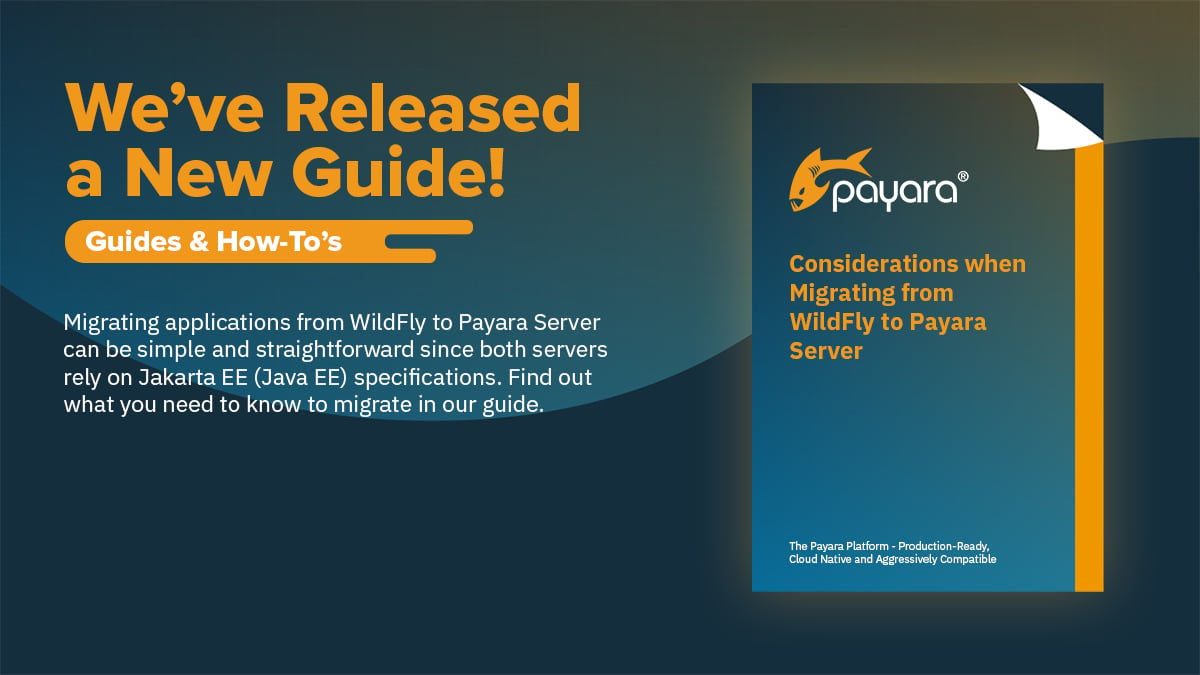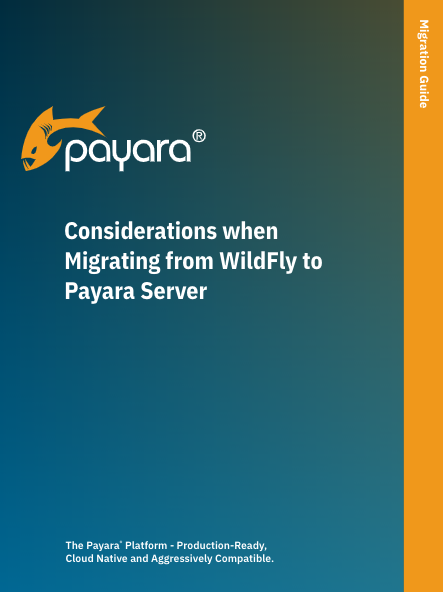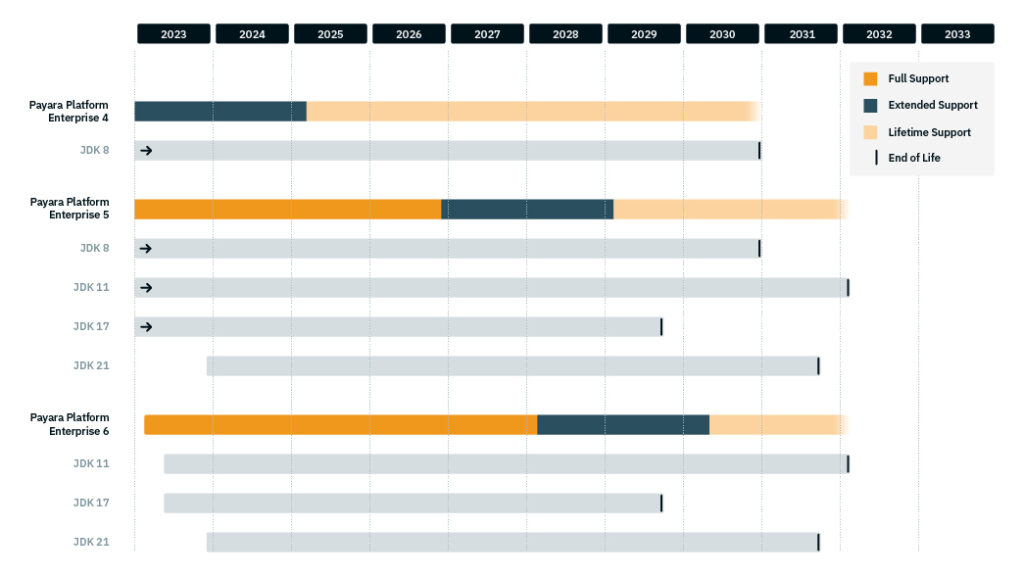 3 minutes
3 minutes
End-of-Life Technology: How to Drive Innovation Without Compromising Stability
When legacy systems approach end-of-life (EOL), enterprise IT teams typically face the choice of moving forward at all costs […]

Migrating applications from WildFly to Payara Server can be a simple and straightforward process because both servers rely on the Jakarta EE (Java EE) specifications. However, there are differences in many areas because many Java EE APIs in WildFly and Payara Server are implemented by different components. Moreover, the configuration of certain aspects like external resources, high-availability and deployment is not covered by any specification and is, in fact, very different in both servers. Although Payara Server offers similar features as WildFly, they are often based on different technologies and concepts, and often also use different terminology. Therefore, before going into migration from WildFly to Payara Server, we’ll provide you with an overview of similar features and concepts that exist in both WildFly and Payara Server.
Under the hood, Payara Server contains a lot of different technologies to provide the same Jakarta EE APIs. While WildFly is mainly based on JBoss / Red Hat components, Payara Server is solely based on components that are Java EE reference implementations and now most of them are under the auspices of the open source Eclipse Foundation. However, some components used in WildFly are also used by Payara Server as they are Java EE reference implementations as well.
In this guide we will cover:
{{cta(‘c19cb89d-58cd-44a6-ba31-47f9974a1272’)}}
We also have the following resources and an entire “Getting Started” section devoted to new Payara Platform users, featuring a 6 step process to setting up and using the Payara Platform.
Share:
 3 minutes
3 minutes
When legacy systems approach end-of-life (EOL), enterprise IT teams typically face the choice of moving forward at all costs […]
 4 minutes
4 minutes
Keeping an application server running smoothly isn’t so much about new features, but more about predictability and consistency. Software […]
 5 minutes
5 minutes
At Devoxx Belgium 2025, I was able to talk about what happens after you build your container. In theory, […]